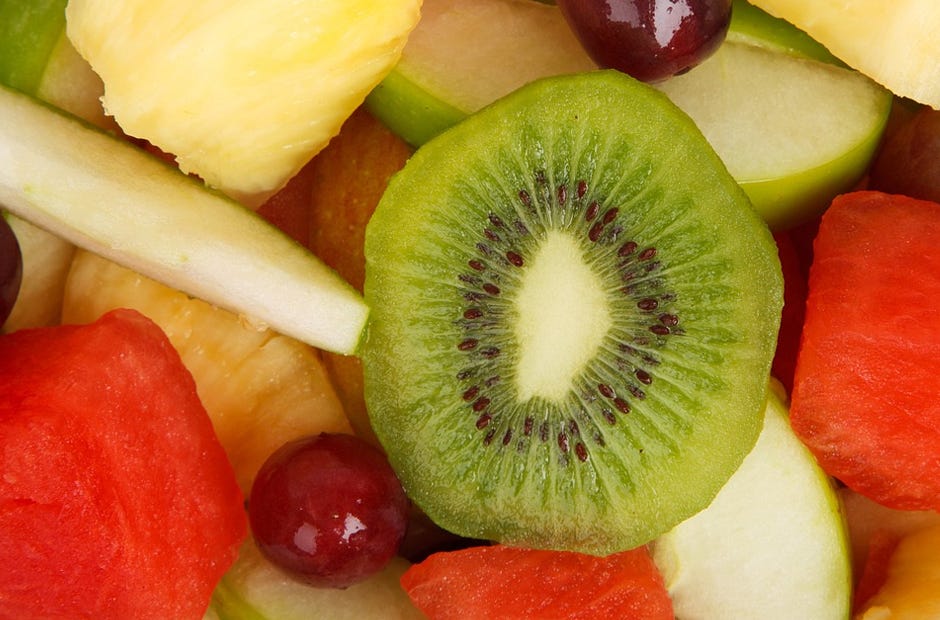
GAINESVILLE — Children have lots of food and beverage choices when they return to school this fall. Parents can take an active role in ensuring their children eat healthy foods at school, says a University of Florida Institute of Food and Agricultural Sciences researcher.
Also, some parents may be reassured by standards established by the federal government four years ago — the first major changes to school nutrition standards in 15 years, said Gail Kauwell, a UF/IFAS professor of food science and human nutrition.
Parents can encourage their children to eat good food at school, instead of throwing it out.
“Discussing the importance of fruits, vegetables, and proper nutrition with your child can help them understand the importance of eating their fruits and vegetables whether they are eating at home, school or somewhere else,” Kauwell said.
“If you pack your child’s lunch, you can put a ‘fun twist’ on the fruits and vegetables. Making kabobs (place chunks of fruit and vegetables on skewers) or ‘bugs on a log’ (celery, cucumber, or carrot sticks (the ‘log’) topped with peanut butter and dried fruit (the ‘bugs’) are ways to make the fruits and vegetables more fun.”
If your child is eating school food, school lunch regulations are broken down by grade level, Kauwell said.
The regulations require students in kindergarten through fifth grades to be served 8 to 9 ounces of grains and 8 to 10 ounces of meat or meat alternatives per week, with at least 1 ounce of grains and 1 ounce of meat or meat alternatives per day. These lunches will provide 550 to 650 calories, with less than 10 percent of total calories coming from saturated fat.
Also in all grade levels, grains are required to be “whole grain rich,” which means that the product is at least 50 percent whole grain.
The milk varieties that are offered include fat-free (flavored or unflavored), 1 percent low-fat (unflavored), or a milk alternative.
The standards are expected to achieve the following:
●Increase fruits and vegetables served; emphasize whole-grain- rich foods; limit calories.
●Allow “Offer Versus Serve” fruit and vegetable options consistent with the Institute of Medicine recommendations. In this program, students must select at least three of the five food components offered to them (i.e., meat/meat alternative, grains, fruits, vegetables, and milk), and one of these five must include at least a one-half cup serving of a fruit or vegetable.
●Improve cultural food options, such as allowing tofu to qualify as a meat alternative.
Changes to school meals are based on the latest nutritional science and are intended to provide one-fourth of students’ daily calorie needs from breakfast and one-third for lunch, according to the USDA.
Possibly the biggest change with regard to fruits and vegetables is that the new standards set requirements for including a variety of vegetables from different subgroups (i.e., dark green, red/orange, beans/peas, and starchy vegetables), and fruits and vegetables are no longer placed together as a nutritional requirement. Instead, there are specific amounts of fruits and vegetables that must be served daily as part of school lunch meals, Kauwell said.
“Giving students options helps eliminate situations in which students take too much food and throw it away,” wrote Kauwell and her colleagues in an Extension paper. “The best strategy to reduce food waste may simply be to engage and educate students about the new standards to increase acceptance. This might include taste tests of unfamiliar foods or using creative marketing and presentation techniques.”
Brad Buck is a University of Florida Institute of Food and Agricultural Sciences science writer.
This article originally appeared on Crestview News Bulletin: A University of Florida guide to eating healthy foods at school
